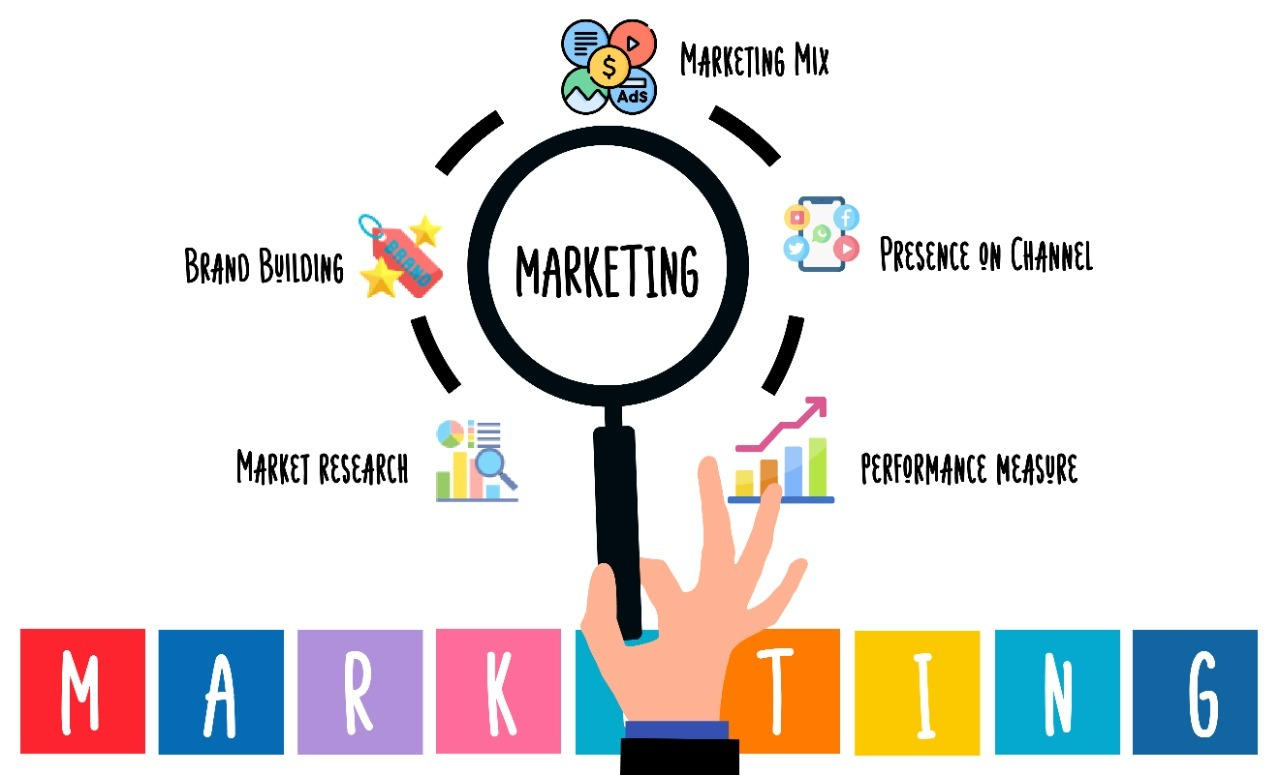Consistent brand presentation across all platforms can increase revenue by up to 23%.
88% of consumers believe businesses with a clear purpose and strong brand identity can positively impact society.
Companies with strong brand identity outperform their competitors by 20% in stock market performance.
Firms that consistently present their brand are 3-4x more likely to experience brand visibility and increased revenue growth.
We can see how brand identity can empower a startup to –
- Differentiate and position itself
- Reach and resonate with your audience
- Build a positive image and personality
- Earn trust, loyalty, and referral from your target segment.
Hence, it’s a vital asset you should focus on building from day 1 of your startup.
You can either let your team work on it or take the help of a brand consulting firm for better results.
We have already listed why you need one.
Now, let us share the steps our brand consulting firm follows to build a brand identity for its clients.
- What is Brand Identity?
A brand identity is a set of visual components that show what your brand says, its belief, what it represents (its purpose), and how you want to connect with and be perceived by your target segment.
In short, it is the personality that enables you to set your brand apart from its competitors in the market and the minds of the consumers.

- How to Develop Brand Identity in 4 Easy Steps?
You can follow these steps to build your startup’s brand identity –
- Research Your Audience, Value Proposition, and Competition
You should conduct market research to get an idea of whom you want to target and what makes you different from the competing brands.
Here, we try to find the customer’s pain points and figure out a way to position our differentiating points as benefits in their minds.
- Design Elements for Your Brand
Now that you know your business inside out, it’s time to bring the brand to life through visual elements.
Here are the components you can consider developing –
- Logo: It’s the most recognizable element of your brand. It appears on everything from your website to online ads to business cards.
- Color and Font: You should choose a color that evokes emotions you want to associate with your brand. The font should be attention-grabbing and relevant to your business.
- Shape: You want to have packaging and a form that is easily recognized.
Tiffany’s packaging and McDonald’s golden arches’ iconic ‘M’ form are two such examples of shape and form.
- Templates: You should consider making templates for your communication to give your brand a more unified and credible look.
- Think of the Language You Use to Communicate
Here, you try to find a language that best suits your brand personality and connects well with the customers (tells a story and evokes emotions to build a lasting relationship with them).
- Monitor Your Brand Identity
You should keep track of performance metrics and gather customer feedback to find areas to improve and change your identity when needed.
- What Should Your Brand Identity Be?
- Consistent: It should be consistent throughout all areas of your business (online and offline) to make it easy for people to remember and recognize you.
- Flexible: It should continuously adjust and modernize with time to keep your audience interested.
The key is to keep any change you make consistent throughout your entire brand.
- Clear and Unique: It shouldn’t copy competitors and avoid mixed messaging to confuse or turn people away.
That’s all you need to know to start working on your firm’s brand identity today!
We like to say, Brand identity is a holy grail of branding, as it lays a foundation for all your initiatives and lets you be consistent at all times.
Pandora’s Box is a brand consulting firm that empowers startups and emerging corporates to build a brand, position it, and expand it for growth.
You can schedule a masterclass/ session with Mili Kataria to learn the art of branding and how to use it to bring profits to your business.








![4 Key steps to Effective Strategic Planning [Learn from Top Consulting Firm] 6 4 Key Steps to Effective Strategic Planning [Learn from Top Consulting Firm]](https://pandoras-box.in/wp-content/uploads/2023/08/4-Key-Steps-to-Effective-Strategic-Planning-Learn-from-Top-Consulting-Firm.jpeg)













